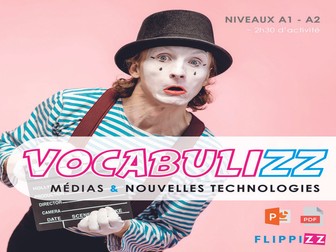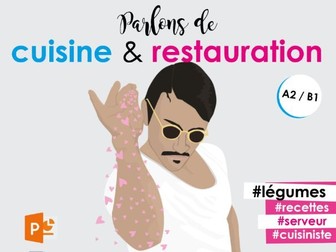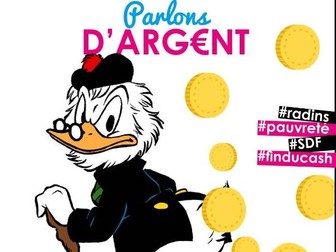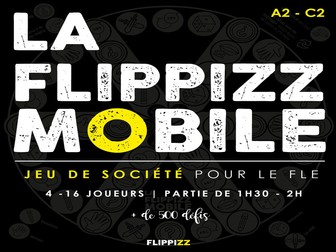French: town/ countryside
<p>Everything you need to talk about town and countryside is in this great resource for EFL. More than 20 activities to use in PDF (clickable + printable) and PowerPoint format.</p>
<p><strong>Description</strong></p>
<p><strong>Town</strong> or <strong>countryside</strong>? Let your students express themselves on this topic with this educational resource in <strong>PDF</strong> and illustrated and nicely animated <strong>PowerPoint</strong> format for your A2 / B1 EFL course.<br />
At the end of all the sequences in this educational resource, your students will have achieved a range of <strong>comprehension</strong> and <strong>production</strong> <strong>objectives</strong>.</p>
<p><strong>Comprehensions about town and countryside</strong></p>
<p>First of all, they should understand an audio document that presents Parisians who leave the city to settle in the countryside. This audio presents the <strong>causes</strong> and <strong>consequences</strong> of the urban exodus. Then, they will answer questions about<br />
the most ecologically modern city in the world. This document presents all the <strong>initiatives</strong> put in place to respect the <strong>environment</strong> by developing the <strong>economy</strong> and <strong>tourism</strong>.</p>
<p>Finally, they will have to do a <strong>musical understanding</strong> of a <strong>song</strong> that highlights the government’s total <strong>lack of interest</strong> in the French countryside.</p>
<p>As far as reading comprehension is concerned, it will take two forms. Firstly, a table which aims to help a certain person to find the city corresponding to his/her criteria. Then, secondly, to understand the concept of eco village through an article that presents the daily life and the way of functioning of this atypical place.</p>
<p><strong>Production objectives for the city and the countryside</strong></p>
<p>Most of the production objectives are <strong>oral productions</strong>. As always, you will have a set-up that aims to create a debate between the <strong>country dwellers</strong> and the <strong>city dwellers</strong> in your class. In addition, before each authentic document, you will have to go through a series of introductory exercises to find out what the students know about the topic of the sequence. After listening to the song, the<br />
students will have to write a <strong>speech</strong> to make the Minister of Education react from different angles. A debate will also be launched on the <strong>importance</strong> and <strong>priority</strong> of certain criteria for a city (transport, safety, etc.). Afterwards, they will express themselves on <strong>unusual prohibitions</strong> found in the most ecological city in the world. There are several other oral productions to be made, but I’ll let you discover what they are by downloading this sheet.</p>
<p>At the end of this resource, there is a <strong>vocabulary</strong> list of town and countryside. <strong>Practical exercises</strong> will be also done in order to learn it properly. <strong>QR codes</strong> will be present, they will allow to access to <strong>multimedia content</strong> necessay to do the exercises and to access to the <strong>transcription</strong>.</p>
<p>Congratulations in advance for this acquisition.</p>
<p>Abdou.</p>








